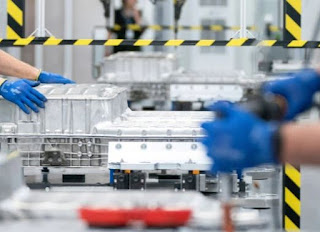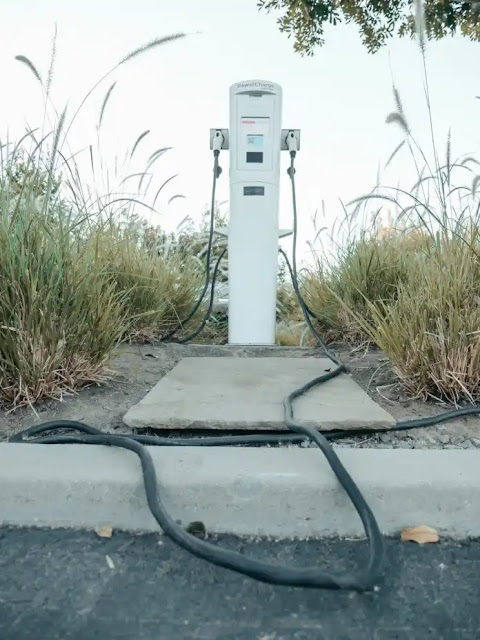AEVT electric vehicle business training courses south india
state electric vehicle policy KERALA Kerala's electric vehicle (EV) policy envisages an ambitious target of introducing one million EVs in the State by 2022. The State has planned a pilot fleet of 3,000 buses, 100 ferries, two lakh two-wheelers, 50,000 three-wheelers and 1,000 goods carriers. The State-run KAL plans to roll out 8,000 e-autos a year. It has also tied up with Swiss e-bus manufacturer HESS to assemble and later manufacture e-buses, for which a memorandum of understanding (MoU) was signed. The plan is to make 3,000 e-buses for KSRTC. The KSRTC has already invited bids for 1,500 e-buses on wet lease this year. Malappuram, Thiruvananthapuram, Ernakulam, Thrissur, Kozhikode, Palakkad, Kollam, Kannur, Alappuzha, Kottayam, Kasaragod, Pathanamthitta, Idukki, Wayanad Key highlights ambitious target of 10 lakh EVs on the road by 2022 A pilot fleet of two lakh two-wheelers, 50,000 three-wheelers, 1,000 goods carriers, 3,0...

